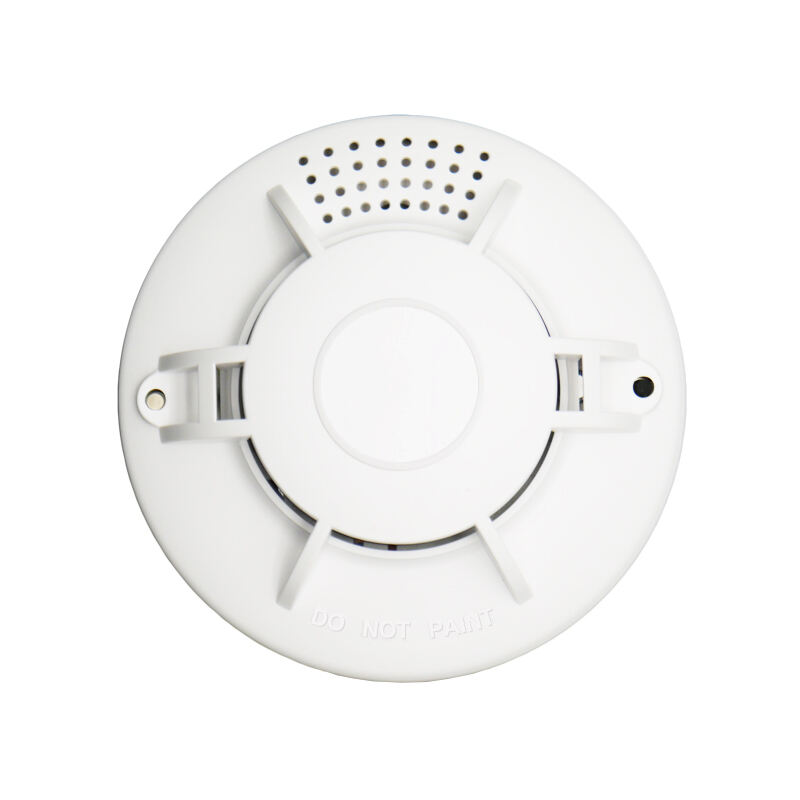different types of fire alarm systems
Fire alarm systems are critical safety installations that come in various types to suit different environments and requirements. Conventional fire alarm systems operate through zones, making them ideal for smaller buildings and offering cost-effective protection. Addressable fire alarm systems provide precise location identification of triggered devices and are perfect for larger facilities, offering enhanced control and monitoring capabilities. Wireless fire alarm systems eliminate the need for extensive wiring, making them excellent for historic buildings or temporary installations. These systems typically include smoke detectors, heat detectors, manual call points, and control panels that work together to provide comprehensive fire detection and warning. Modern fire alarm systems often incorporate smart technology, allowing for remote monitoring, mobile notifications, and integration with building management systems. They can be programmed to trigger automated responses such as closing fire doors, activating sprinkler systems, or initiating evacuation procedures. Some advanced systems also feature multi-criteria detection methods that combine different sensing technologies to reduce false alarms while maintaining high detection accuracy.











